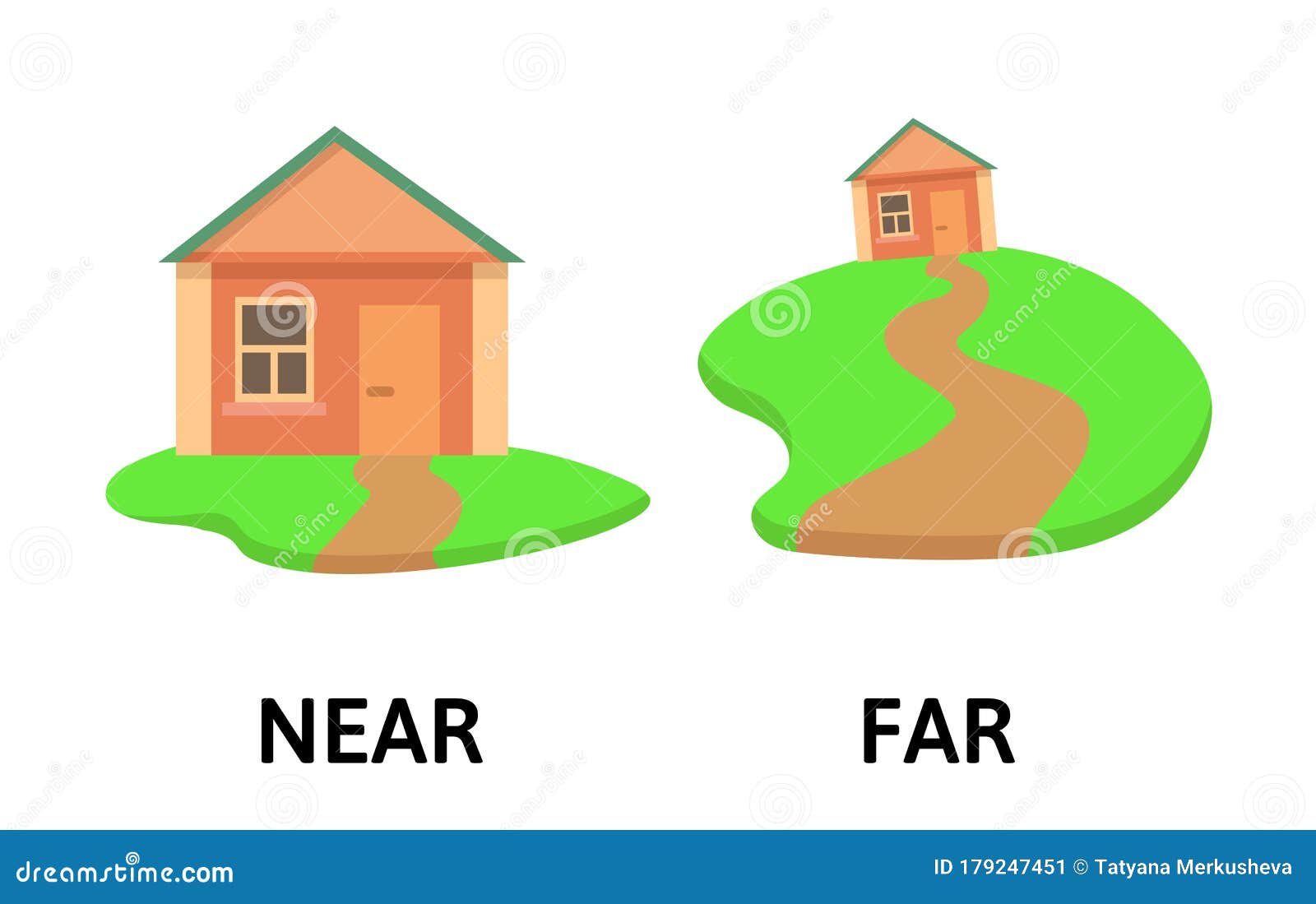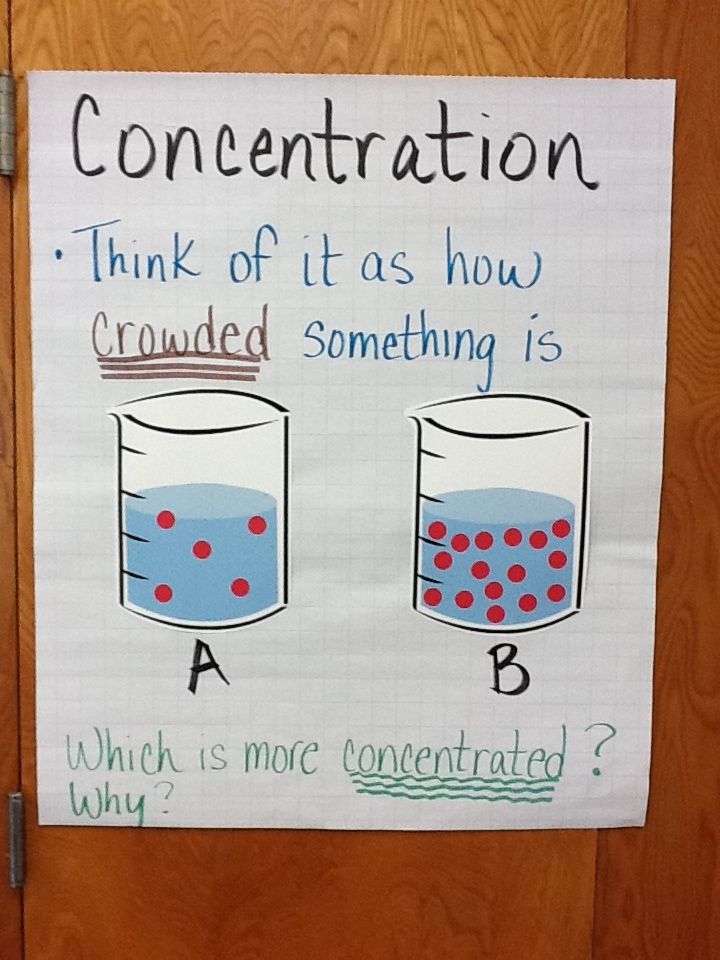Understanding Environmental Impacts of Water Softeners: Risks, Solutions, and Alternatives
Introduction: The Environmental Impact of Water Softeners
Water softeners are widely used in homes to combat hard water, which can cause mineral buildup in plumbing and appliances. While these systems offer clear household benefits, questions remain about their impact on the environment. This article examines the environmental risks posed by traditional salt-based water softeners, provides guidance on minimizing damage, and explores alternative solutions. All claims are supported by current, verified sources.
How Traditional Water Softeners Work
Most residential water softeners use a process called ion exchange , where calcium and magnesium (the minerals that make water “hard”) are replaced with sodium or potassium from salt beads. Periodically, these beads are “regenerated” by flushing them with a concentrated salt solution, producing salty wastewater [1] . This wastewater is then discharged into septic systems or municipal treatment plants.
While this process effectively softens water, it introduces chloride into local water systems. Chloride does not break down in the environment, and once present in water, it is extremely difficult and costly to remove [1] .
Environmental Risks of Salt-Based Water Softeners
Several key environmental threats arise from the use of traditional water softeners:
1. Pollution of Lakes, Streams, and Groundwater
Chloride from softeners passes through wastewater plants and septic systems, ultimately entering lakes, rivers, and groundwater. Municipal treatment plants are not designed to remove chloride, so it accumulates over time, permanently contaminating water sources [1] . Studies have found that just one teaspoon of salt can permanently pollute five gallons of water [1] .
As a result, chloride levels are rising in many areas, making freshwater toxic for native fish, insects, amphibians, and plants. For example, 68 lakes and streams in Minnesota now exceed state standards for chloride pollution [4] . Elevated salt levels (230 mg/L or higher) can be toxic, reducing biodiversity and contributing to habitat loss [5] .
2. Harm to Aquatic and Terrestrial Life
Salt stress disrupts nutrient absorption in aquatic and shoreline plants, stunting growth and impacting habitats for lake-dependent wildlife [5] . Chloride pollution also endangers fish and other aquatic life, threatening entire ecosystems [2] .
In agricultural areas, salty effluent from treatment plants can be reused for irrigation, but crops such as strawberries and avocados are highly sensitive to salt and chloride, which can damage yields and soil health [3] .
3. Increased Infrastructure and Utility Costs
Salt accelerates the deterioration of infrastructure such as roads, bridges, and wastewater systems, increasing maintenance costs and safety risks [5] . Cities must invest in expensive microfiltration and reverse osmosis facilities if they want to remove chloride from wastewater, which can lead to higher water and sewer rates for residents [4] . The cost of advanced chloride removal is significant and often passed on to consumers.
4. Risks to Drinking Water Quality
High salt levels in groundwater and surface water can pose health risks, particularly for individuals on low-sodium diets or with hypertension [5] . Once chloride is present in drinking water sources, it is extremely difficult to remove, and affected communities may face long-term health and quality-of-life challenges.
Alternatives to Salt-Based Water Softeners
To minimize environmental harm, several alternatives and best practices are available:
1. Salt-Free Water Softeners
Modern salt-free systems use technologies such as catalytic conversion, template-assisted crystallization, or electromagnetic processes to prevent scale buildup without adding salt to wastewater [3] . These systems are effective for many households and do not contribute to chloride pollution. If you’re considering switching, research reputable manufacturers and consult local water treatment professionals to determine suitability for your area.
Implementation guidance: To install a salt-free system, contact certified water treatment specialists or visit consumer review sites for detailed product comparisons. Always verify that the chosen system meets your household’s water hardness requirements.

Source: pngtree.com
2. Using Less Salt in Existing Softeners
If switching isn’t feasible, minimize environmental impact by reducing salt usage. Many manufacturers recommend more salt than necessary, so you can often use less without compromising performance [2] . Periodically check your softener’s salt tank and adjust settings to use the lowest effective amount. This will reduce pollution, save money, and extend the life of your system [4] .
Step-by-step instructions:
- Consult your softener’s manual for recommended salt settings.
- Gradually decrease salt dosage and monitor water softness.
- Inspect for visible scale buildup; if none appears, continue with reduced salt.
- Schedule regular maintenance and clean the brine tank yearly.
3. Professional Water Testing and Consultation
Before making changes, have your home’s water professionally tested for hardness, sodium, and chloride levels. Local water utilities or certified laboratories can provide accurate assessments. Use these results to select the most environmentally friendly solution for your situation.
Alternative pathways: If a salt-free system or reduced salt usage is not suitable, consider point-of-use filtration for drinking water to reduce sodium intake. Explore reverse osmosis or activated carbon filters, but be aware that these methods may not address all environmental concerns.
Community Action and Long-Term Solutions
Addressing chloride pollution requires collective action. Cities and states are increasingly recognizing the need to regulate salt discharge and promote alternatives:
- Some municipalities offer rebates for switching to salt-free systems. Contact your local water utility or environmental agency to check for available programs.
- Community education campaigns encourage residents to use less salt, maintain equipment properly, and explore eco-friendly technologies.
If you’re interested in these programs, search for “water softener rebate” along with your city or state name, or visit your municipality’s official website for guidance. Environmental groups such as NH Lakes and state health departments offer resources and support for individuals and businesses seeking to reduce their impact.
Potential Challenges and Solutions
Challenge: Not all households can easily switch to salt-free systems due to cost or technical limitations. In such cases, focus on reducing salt usage and maintaining your system efficiently.

Source: publicdomainpictures.net
Challenge: Water hardness can fluctuate seasonally or due to changes in municipal supply. Regular testing and consultation with water professionals ensures your system remains effective without excess salt use.
Solution: Form neighborhood groups to advocate for rebates, share knowledge, and promote best practices. Attend local government meetings to support initiatives aimed at reducing chloride pollution.
Summary and Key Takeaways
Traditional salt-based water softeners pose significant environmental risks, including chloride pollution, harm to aquatic life, infrastructure damage, and threats to drinking water quality. Fortunately, salt-free alternatives and best practices for salt reduction can mitigate these impacts. Begin by testing your water, consulting professionals, and exploring rebate programs to make informed, eco-friendly choices. Always rely on verified information and official agency resources when seeking solutions.
References
- [1] Minnesota Department of Health (2022). Home Water Softening Frequently Asked Questions.
- [2] Green Living Guy (2020). Why Water Softeners are Harmful to the Environment.
- [3] APEC Water (2024). Salt-Based Water Softening: Environmental Impact Analysis.
- [4] Minnesota Pollution Control Agency (2024). Eco Living – Use less salt in your water softener to cut pollution and save money.
- [5] NH Lakes (2024). Salting Our Lakes? The Hidden Impacts of Water Softeners.



